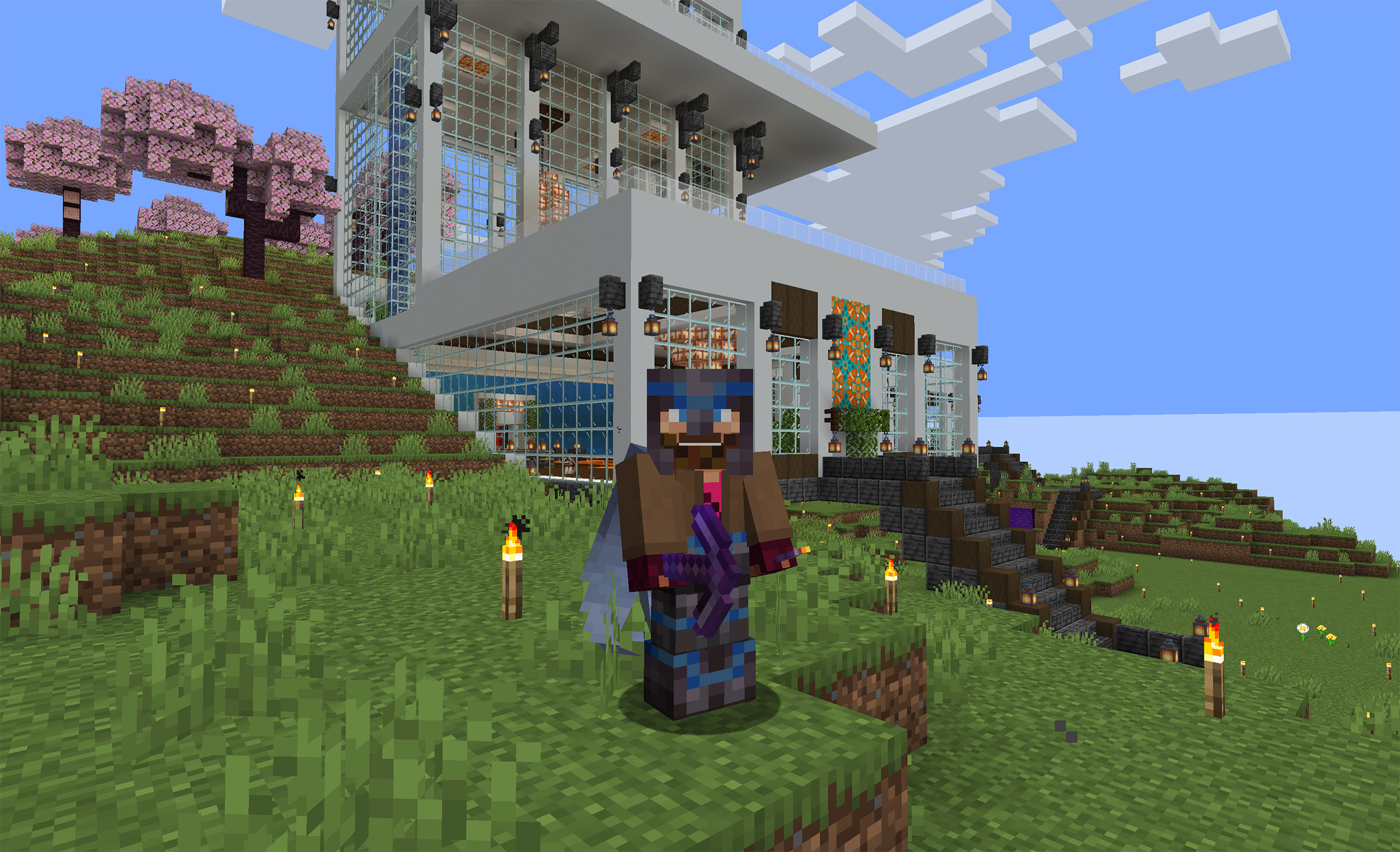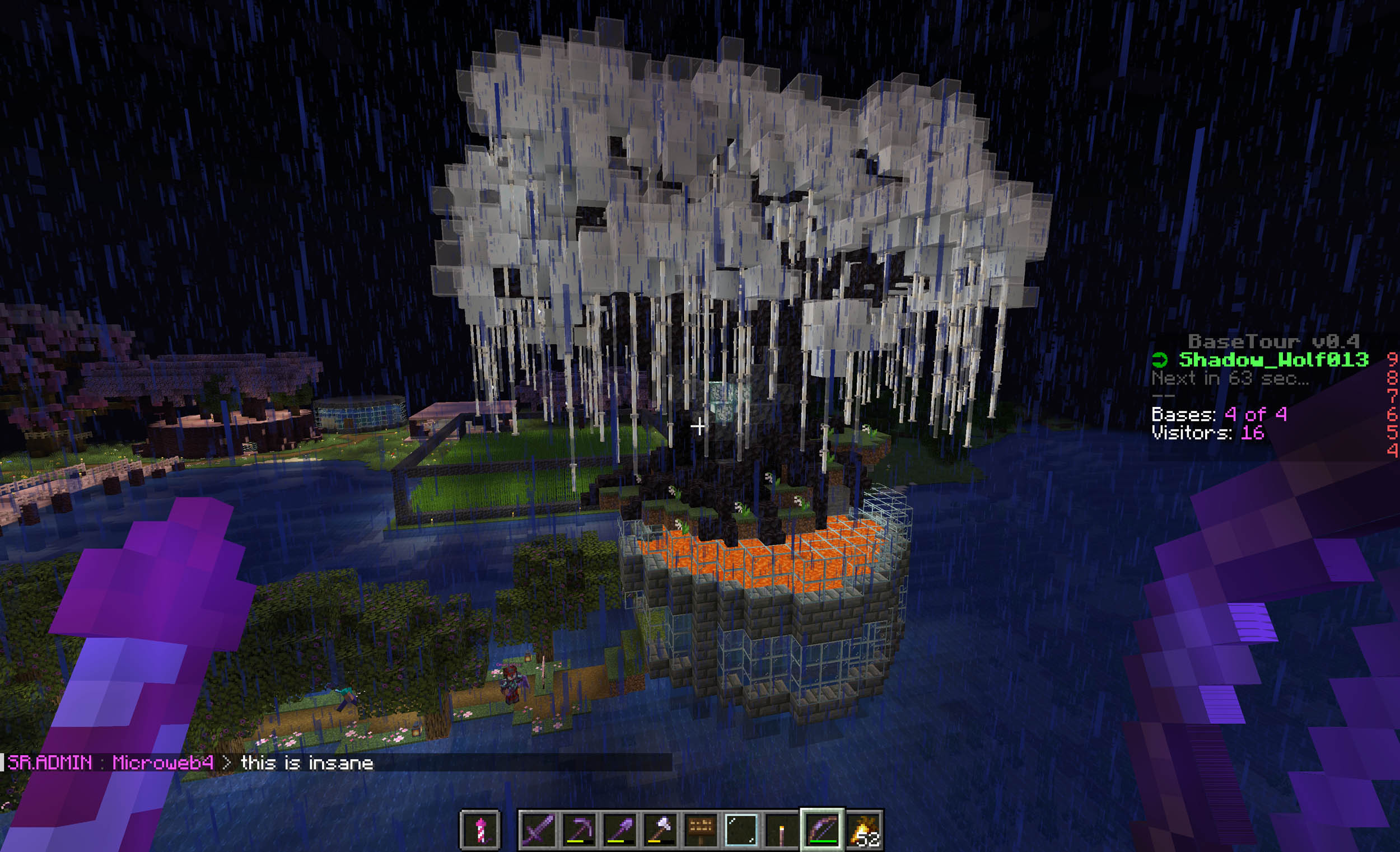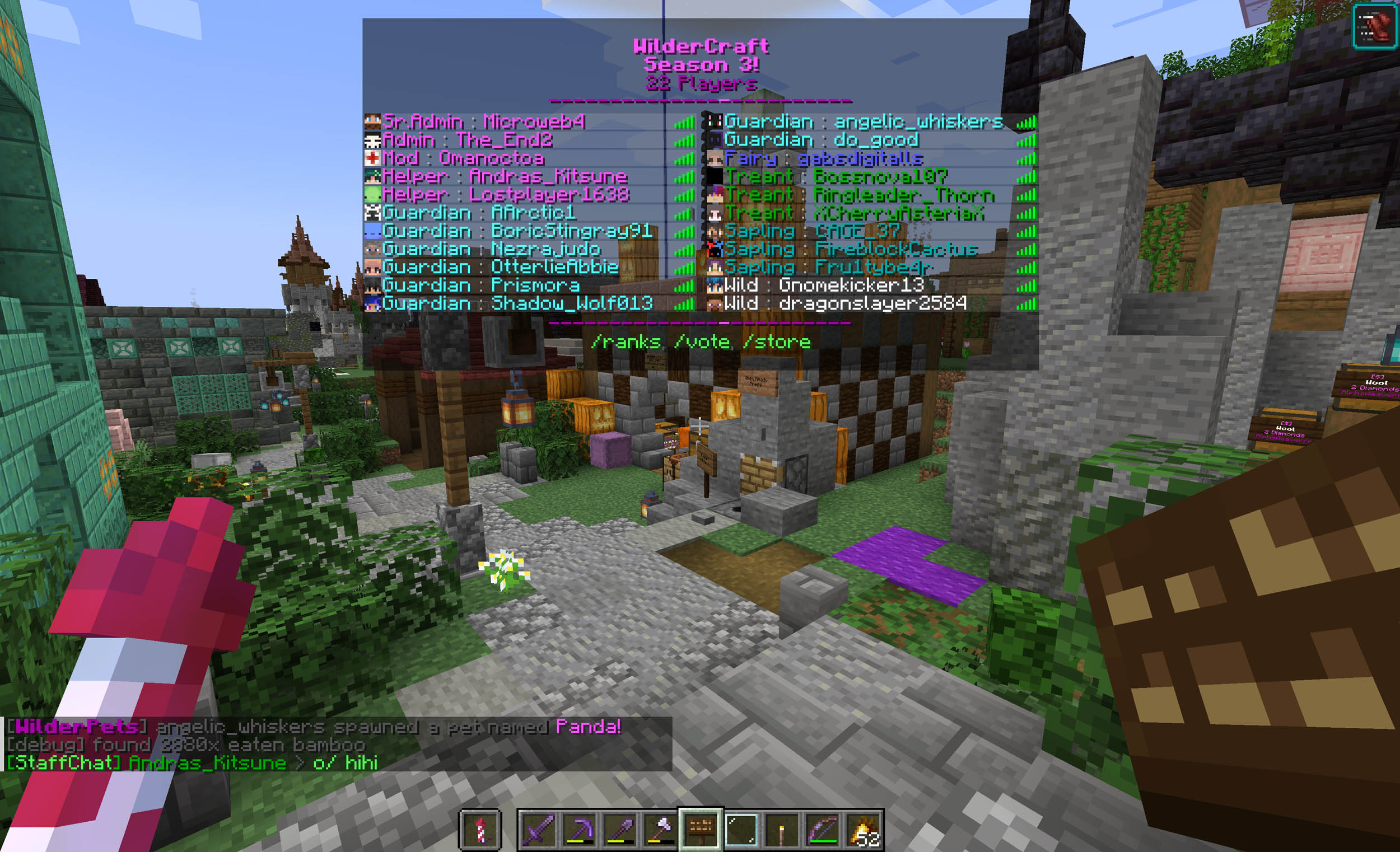Creative Survival: What Minecraft Teaches Me Every Time I Log In
It started, as many Minecraft stories do, with a lava bucket, a chicken, and poor judgment.
One second, I was experimenting with a redstone contraption that was definitely not up to code. The next, I had torched my entire underground base and somehow a wandering villager was on fire. It wasn’t my proudest moment—but it also wasn’t my worst. It was just… Minecraft being Minecraft.
The thing is, I’ve been playing this game for over a decade. And somewhere along the way—between obsidian builds and absurd deaths—I realized Minecraft wasn’t just a place to unwind. It had become a kind of mirror. A sketchpad for community, leadership, patience, and yes—more than a few mistakes.
This isn’t a post about block mechanics or top-tier builds. It’s about what happens when a pixelated sandbox starts teaching you things that spill out into the rest of your life.
Minecraft Is Just a Game. Until It Isn’t.
I didn’t set out to build a server like Wildercraft. I was just looking for a space where people could build things together—something chill, friendly, and imaginative. What started small grew into a community with seasons, storylines, player-run towns, events, and hundreds of people from around the world logging in and carving out their own little place.
Suddenly, it wasn’t “just” a game anymore. It was a living world, shaped not just by code and command blocks—but by personalities, trust, and collective imagination. And the more time I spent inside it, the more I noticed how it was shaping me, too.

Lesson One: Collaboration Means Letting Go of Control
In Wildercraft, you learn fast that collaboration doesn’t mean everyone follows your vision—it means you build something bigger than what you could’ve planned alone.
I’ve seen players take a simple path design and turn it into a full-blown village network. I’ve also seen builds that go wildly off-theme, surprise mechanics that break the game (and occasionally my patience), and projects that never quite finished but still brought people together.
I used to want to organize every detail. Now I try to create space. Sometimes the best thing I can do as a server leader is step back—and trust that creativity will find a way.
You can’t script a server like this. You just build the scaffolding, open the gates, and see what people do with it.
Lesson Two: Grief, Growth, and the Beauty of Resets
Every so often, Wildercraft resets its world. We start fresh. A new seed, a new spawn area, a clean slate for whatever the season will bring.
And every time it happens, there’s this mix of excitement… and loss.
People grieve their builds, their towns, their farms and memories. And honestly, I do too. But I’ve come to see the reset as a kind of ritual. A chance to let go of what’s heavy or overbuilt, and remember what it means to begin again.
I’ve carried that lesson with me in real life, too. Not everything can be backed up or preserved forever. Sometimes you rebuild—not because something was wrong—but because you’re ready for something new.

Lesson Three: Leadership Isn’t Loud
I used to think being a “leader” meant being the one with all the answers. But in Wildercraft, most of the time, I’m just listening—to player feedback, to staff input, to how the vibe feels in chat.
When you’re managing a community of this size, empathy becomes more important than authority. My role is to guide the direction of the world, yes—but also to keep it welcoming, fair, and inclusive. That doesn’t mean controlling it. It means curating it.
And it also means trusting the people around me—Community Reps, staff, players—to shape the world with me.
Minecraft taught me that leadership isn’t about being at the top of the build. It’s about making sure everyone has the tools—and the space—to build something together.
Lesson Four: Creativity Doesn’t Need a Ceiling
One of my favorite things about Minecraft is that there’s no “end.” Even after you beat the Ender Dragon, the game doesn’t stop. The sky isn’t the limit—it’s just another build height.
I’ve watched people construct floating cities, sprawling lore-filled towns, and redstone machines that absolutely should not work (but somehow do). I’ve also seen people log in just to fish for an hour. And both are valid ways to play.
There’s something liberating about that. In a world that often asks us to be efficient, productive, or perfect—Minecraft offers something softer: permission to tinker. To play. To start things without needing to know how they’ll end.
That mindset has followed me into my creative practice, my tech work, and even my relationships. Start with a block. See where it goes.

And Sometimes… You Just Fly Into Lava
Of course, not every lesson is profound. Sometimes you try elytra for the first time and nosedive into a ravine. Sometimes your cat walks on your keyboard mid-command. Sometimes you forget how fire spreads.
It’s funny. It’s frustrating. It’s also a reminder that failure isn’t just part of the process—it is the process. You respawn. You regroup. You laugh about it in Discord. And you carry on.

What We’re Really Building
What I’ve learned through Minecraft, and especially through Wildercraft, isn’t just about blocks or plugins or seasonal mechanics. It’s about people. How we show up for each other. How we create shared meaning. How we start again—again and again—and still find joy in the process.
What we build in Minecraft won’t last forever. But the moments, the lessons, and the connections? Those stick.
And maybe that’s the best part. We’re not just building servers. We’re building something that feels like home.

